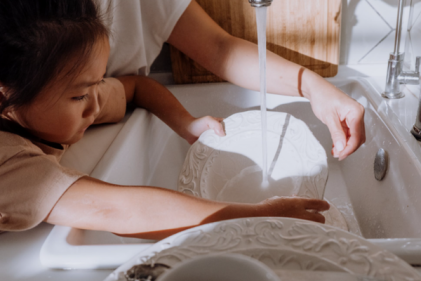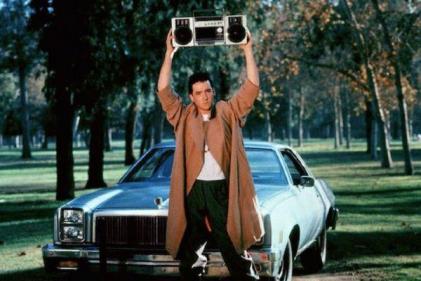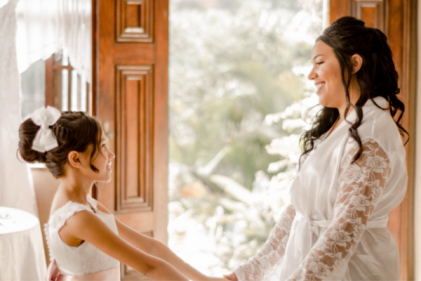 Scavenger hunts are great for keeping kids amused for several hours. And as they are so versatile you can organise one for a birthday party, special occasion or even just for fun.
Scavenger hunts are great for keeping kids amused for several hours. And as they are so versatile you can organise one for a birthday party, special occasion or even just for fun.
What you need to do:
Get your treasure together
Get all your treasure together the day before. This could be a few chocolate gold coins, candy, toys or even something simple like conkers. You don’t need to spend a fortune, so why not use items you already have in the house – it’s not really about the prize it’s more to do with the hunt and fun.
Decide on the hunt
Decide on whether you want to keep the hunt confined to one or two rooms in the house. If you are putting clues upstairs and downstairs make sure you supervise them on the stairs. Don’t put the clues in places that are dangerous like on a window sill or on top of a wardrobe – use your common sense.
Get your clues ready
You don’t want to have too many clues, otherwise the game becomes long and dragged out - between 15 and 20 clues is plenty. Mix it up by using pictures, riddles, rhymes and secret codes as clues. Start off easy making each one a little harder as the hunt goes on. If you like you can put a piece of treasure beside each clue, giving kids an incentive to keep going.
Hide your clues
Each clue needs to lead to another clue so hide them as you write them. This will make it easier for you and a little quicker. Are you going to make the clues easy to find or difficult? If kids are finding it too easy, why not turn off the lights and have them use a torch. Decide if you want to use a clue to start the game off or if you are going to just point them in the right direction.
Set rules
Make sure everyone knows the rules before you start – no cheating, no hiding clues on other teams or people and settle on the number of questions they can ask if they are stuck. If there are lots of kids, put them into teams and have them work together to find the next clue. Why not have two hunts and see which team gets to the prize first.











